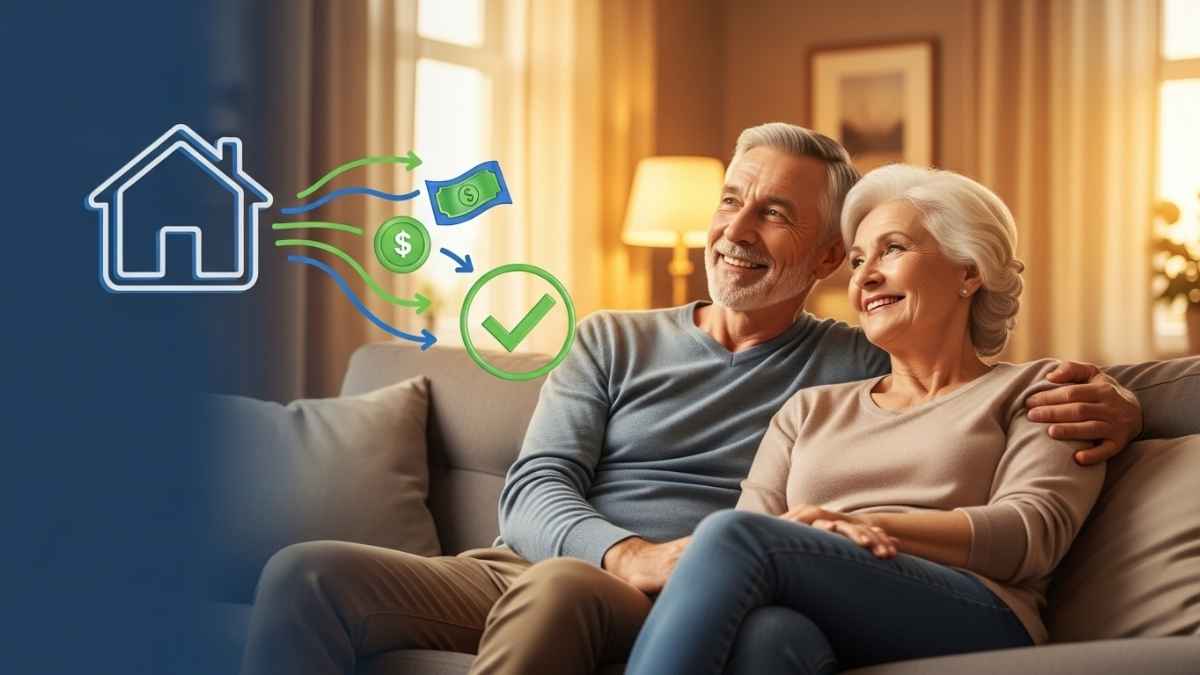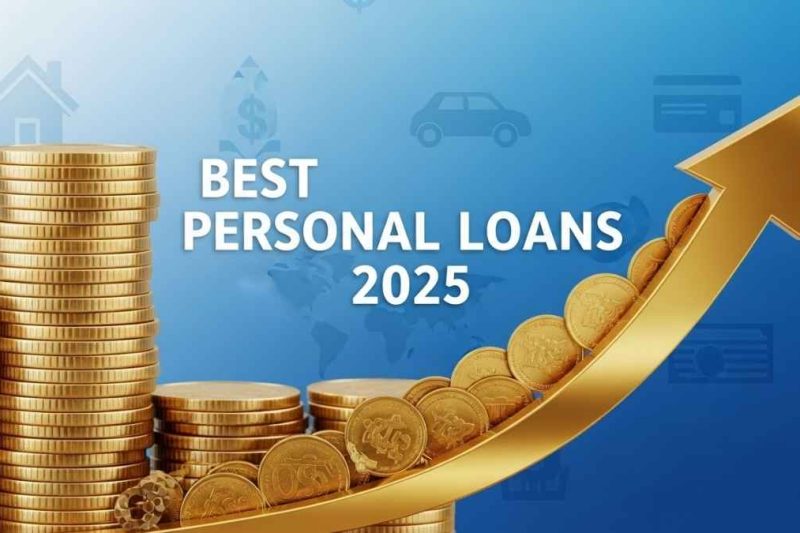In an era where retirement savings often fall short of covering longevity and rising living costs, many homeowners aged 62 and older are exploring innovative financial tools to tap into their home equity without selling their property. One such option is the reverse mortgage, a specialized loan that allows seniors to convert part of their home’s value into cash. This guide dives deep into what reverse mortgages entail, how they function, who qualifies, potential pitfalls, and practical steps to consider. Whether you’re a retiree eyeing supplemental income or a family member researching options for aging parents, this article aims to equip you with the knowledge to make informed decisions.
What Is a Reverse Mortgage?
At its core, a reverse mortgage is a financial product designed specifically for older homeowners. Unlike traditional mortgages where you make monthly payments to a lender, a reverse mortgage flips the script: the lender pays you, either in a lump sum, monthly installments, or as a line of credit. This payment is drawn from the equity you’ve built in your home over the years.
The most common type is the Home Equity Conversion Mortgage (HECM), insured by the Federal Housing Administration (FHA). It’s available to homeowners 62 or older who own their home outright or have a low remaining mortgage balance. The key appeal? No monthly repayments are required while you live in the home. Instead, the loan balance grows over time due to interest and fees, and it’s typically repaid when you sell the house, move out permanently, or pass away.
Reverse mortgages aren’t free money—they’re loans secured by your home. If managed poorly, they can erode your estate’s value or lead to foreclosure if property taxes and insurance aren’t maintained. However, when used wisely, they can provide financial breathing room, funding everything from healthcare to home modifications for aging in place.
How Does a Reverse Mortgage Work?
To grasp the mechanics, let’s break it down step by step. First, eligibility hinges on your age, home value, and financial assessment. You’ll undergo mandatory counseling from a HUD-approved counselor to ensure you understand the implications—this is a non-negotiable safeguard.
Once approved, the amount you can borrow depends on factors like your age (older borrowers get more), current interest rates, and your home’s appraised value (capped at $1,149,825 for HECMs in 2024). For example, a 70-year-old with a $500,000 home might access around $250,000–$300,000, depending on rates.
Payment Options
Flexibility is a hallmark here. You can choose:
- Lump Sum: Receive the full amount upfront, ideal for paying off existing debts or making large purchases.
- Monthly Payments: Get steady income for a fixed term or as long as you live in the home (tenure plan).
- Line of Credit: Draw funds as needed, with unused portions growing over time at the loan’s interest rate—great for emergencies.
- Combination: Mix monthly payments with a credit line.
Interest accrues on what you borrow, compounded monthly, increasing the balance. No payments are due until a “maturity event” like selling the home or the borrower’s death. Heirs can then repay the loan (often by selling the property) or refinance it. If the home sells for more than owed, the excess goes to heirs; if less, FHA insurance covers the shortfall, making it a non-recourse loan.

Real-Life Scenario
Imagine a widow in her 80s with a paid-off $400,000 home but limited savings. She opts for a reverse mortgage line of credit worth $200,000. She draws $1,000 monthly for living expenses and leaves the rest to grow. Over 10 years, assuming 5% interest, her balance might reach $150,000, but she’s maintained her lifestyle without dipping into other assets.
Pros and Cons of Reverse Mortgages
Like any financial tool, reverse mortgages have upsides and downsides. Weighing them is crucial.
Advantages
- No Monthly Payments: Frees up cash flow for essentials, travel, or gifting to family.
- Stay in Your Home: Age in place without relocation stress.
- Tax-Free Proceeds: Funds aren’t considered income, so they don’t affect Social Security or Medicare (though they might impact Medicaid eligibility).
- Flexible Access: Tailor payouts to your needs, with growing credit lines providing a hedge against inflation.
- Government Protections: HECMs include safeguards like non-recourse clauses and counseling requirements.
Disadvantages
- Accruing Interest and Fees: The loan balance can balloon, reducing equity for heirs.
- Upfront Costs: Origination fees (up to $6,000), mortgage insurance premiums (2% initial + 0.5% annual), and closing costs can total 3–5% of the loan amount.
- Home Maintenance Obligations: You must keep up with property taxes, insurance, and repairs—or risk default.
- Impact on Heirs: Less inheritance potential, though heirs aren’t liable for shortfalls.
- Interest Rate Risks: Variable rates (common in HECMs) can rise, accelerating balance growth.
In short, they’re best for those planning to stay long-term and with other assets to cover ongoing home costs.
Who Qualifies for a Reverse Mortgage?
Not everyone over 62 can get one. Key requirements include:
- Age and Ownership: Primary borrower must be 62+; home must be your primary residence.
- Home Type: Single-family homes, HUD-approved condos, or 2–4 unit properties qualify; manufactured homes meeting FHA standards may too.
- Equity Level: Own outright or have minimal mortgage balance (which the reverse mortgage can pay off).
- Financial Assessment: Lenders review credit history, income, and expenses to ensure you can afford taxes and insurance.
- Counseling: Complete a session with an independent HUD counselor (cost: $125–$200).
Non-borrowing spouses under 62 can stay in the home after the borrower’s death, but they won’t receive payments until turning 62.
Types of Reverse Mortgages
Beyond HECMs, options include:
Proprietary Reverse Mortgages
Offered by private lenders for higher-value homes (above FHA limits). They may provide larger sums but lack federal insurance, potentially higher risks and costs.
Single-Purpose Reverse Mortgages
State or nonprofit-backed, cheaper but restricted to specific uses like home repairs or taxes. Availability varies by location.
HECMs dominate due to their versatility and protections—about 95% of the market.
Costs, Fees, and How to Minimize Them
Expect to pay:
- Origination Fee: 2% on first $200,000 of home value + 1% on excess, capped at $6,000.
- Mortgage Insurance: Protects lender and borrower.
- Appraisal and Closing Fees: $450–$600 for appraisal; title search, etc., add up.
- Servicing Fees: Up to $35/month.
Shop around—rates and fees vary. Use HUD’s lender locator. Consider fixed vs. variable rates: fixed offers predictability but often only as lump sums.
To minimize: Pay some fees upfront if possible, or roll them into the loan (increasing balance).
Alternatives to Reverse Mortgages
If a reverse mortgage doesn’t fit, explore:
- Home Equity Loans/Lines of Credit (HELOCs): Require monthly payments but lower costs; good if you have income.
- Refinancing: Cash-out refi for lump sums, but again, repayments needed.
- Downsizing: Sell and buy smaller—nets cash without debt.
- Government Programs: Like property tax deferrals or HECM for Purchase (use reverse mortgage to buy a new home).
- Life Insurance or Annuities: Convert other assets into income streams.
Consult a financial advisor to compare based on your situation.
Steps to Get a Reverse Mortgage
- Research and Counsel: Attend HUD counseling.
- Assess Finances: Check credit, budget for ongoing costs.
- Shop Lenders: Get quotes from at least three.
- Apply and Appraise: Submit docs; home inspection follows.
- Close and Access Funds: Sign, then receive payments.
Monitor the loan annually via statements.
In conclusion, reverse mortgages can be a lifeline for equity-rich, cash-poor seniors, but they’re not one-size-fits-all. Approach with eyes open, perhaps involving family in discussions.
FAQ
What happens if I outlive the loan value?
The loan doesn’t “run out”—for tenure plans, payments continue as long as you live in the home. Lines of credit stop growing once maxed but remain accessible.
Can I lose my home?
Yes, if you neglect taxes, insurance, or maintenance. Otherwise, you’re protected.
Are reverse mortgages only for desperate situations?
No—they’re strategic for many, like delaying Social Security claims to maximize benefits or funding long-term care.
How does it affect my taxes?
Proceeds are tax-free, but interest isn’t deductible until repaid.
Can I reverse a reverse mortgage?
You have a three-day right of rescission post-closing. After, refinancing into a traditional mortgage is possible but rare.



